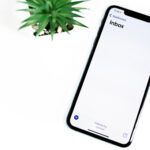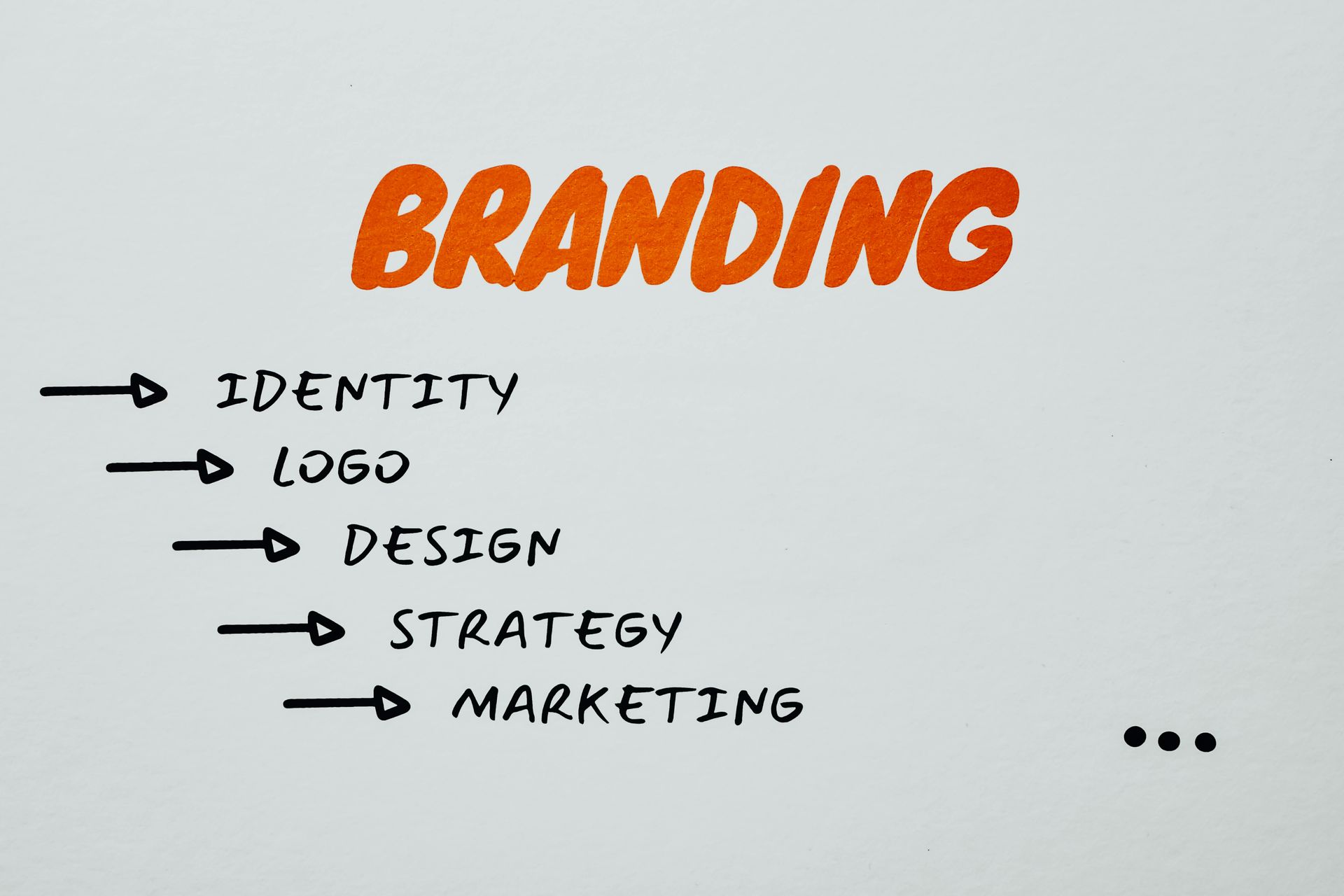Email Marketing: How to Make It Into the Inbox

We’ve already told you why email marketing is important and how to get started. You can read about it in our earlier informative blog post , but here’s a summary:
- There are 3.9 billion daily email users.
- Mobile opens account for 46% of all email opens.
- 35% of business professionals check email on a mobile device.
- 73% of millennials prefer communications from businesses to come via email.
It’s easy to quantify your business’s investment in email marketing, but what about that ROI when those campaigns fall flat? What happens when the great content you send out doesn’t make it into the inbox? Or worse – your customers hit the “unsubscribe” button?
The good news: It doesn’t take much to optimize your email marketing strategy and get your content straight to inboxes, where it has the best chance of converting readers into customers.
Start With Open Rates
Recent studies based on data from 30 billion emails point to a universal open rate of 17.8% of marketing emails across various industries. When you focus solely on the retail industry, the open rate is lower than the average at 13.9%. Click-through rates (the number of readers who click a link in marketing emails) come at a paltry 2.65%, which is also a universal number.
Setting up an automated email marketing system can give a much better picture of these stats in the context of your own business. If your numbers are lower than the average, it might be time to start looking at why and taking actionable steps to boost it.

There are a handful of reasons your open rates could be low, but a few are more common than others. One of the biggest reasons could be that your subject lines are triggering spam filters, which means your emails go straight to the spam folder without even a quick stop in the inbox.
A quick online search turns up plenty of guides and resources for specific spam trigger words and phrases. Still, your marketing messages can’t be overpromising on what your business can deliver. Anything that may sound too good to be true will raise a red flag for email service providers with very sophisticated, AI-based spam filters.
Avoid “Unsubscribe” Too
Spam triggers prevent marketing emails from going to the inbox, but mediocre emails could push your readers to unsubscribe altogether. It sounds like a no-brainer but think about the captive audience you have with your email subscriber list and all of the opportunities for them to convert. The higher the number on your list, the higher you can drive your revenue.
If recipients don’t feel like your marketing emails offer any value, they’ll cut you out of the inbox for good. This means that your content has to be fresh and consistent, and you should allow customers to choose when they receive emails (daily, weekly, etc.) Your emails should also be personalized and authentic, which can be achieved by subscriber list segmentation.
Another tip: It sounds counterintuitive, but it’s also important to include clear directions on how to unsubscribe. Better yet, give readers alternatives – instead of unsubscribing altogether, give them the option to reduce email frequency or offer feedback about what kind of content they’d prefer to see.

Watch KPIs Closely
Look for metrics like open rates, conversions, unsubscribes, or responses to understand what’s working and what’s not. From there, pull out individual elements like subject lines or offers within the emails and tweak them accordingly. Also, make a list of which emails were undeliverable; you’ll want to reconcile these email addresses with your lists to ensure that your valuable customers aren’t inadvertently missing out on receiving your emails.
There are indeed several factors to consider when it comes to creating successful email marketing campaigns. Still, ultimately it’s a highly lucrative content marketing strategy that all businesses should use. We can help you learn how to leverage the power of emails. If you’d like to talk about the role that email marketing could play in filling your sales funnel, we’d be delighted to have that conversation. Contact us today and request a consultation for your business!
The post Email Marketing: How to Make It Into the Inbox appeared first on Cole Dalton.









